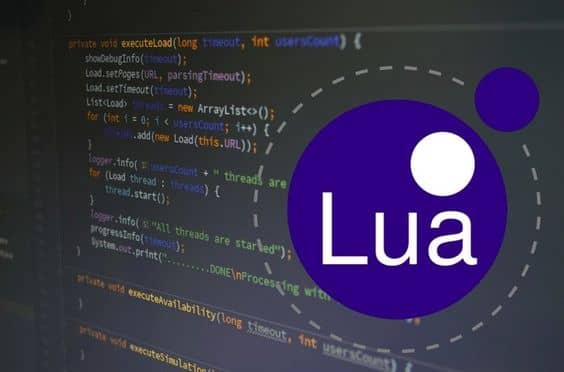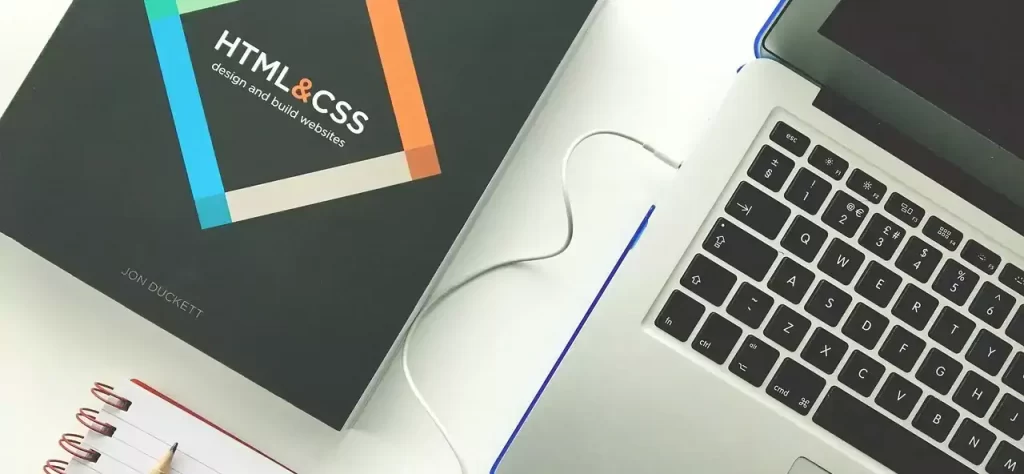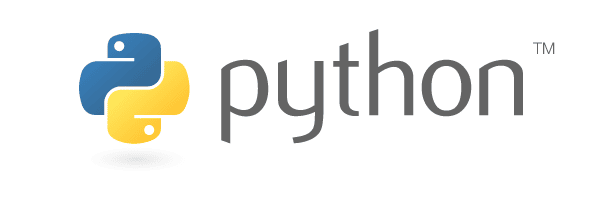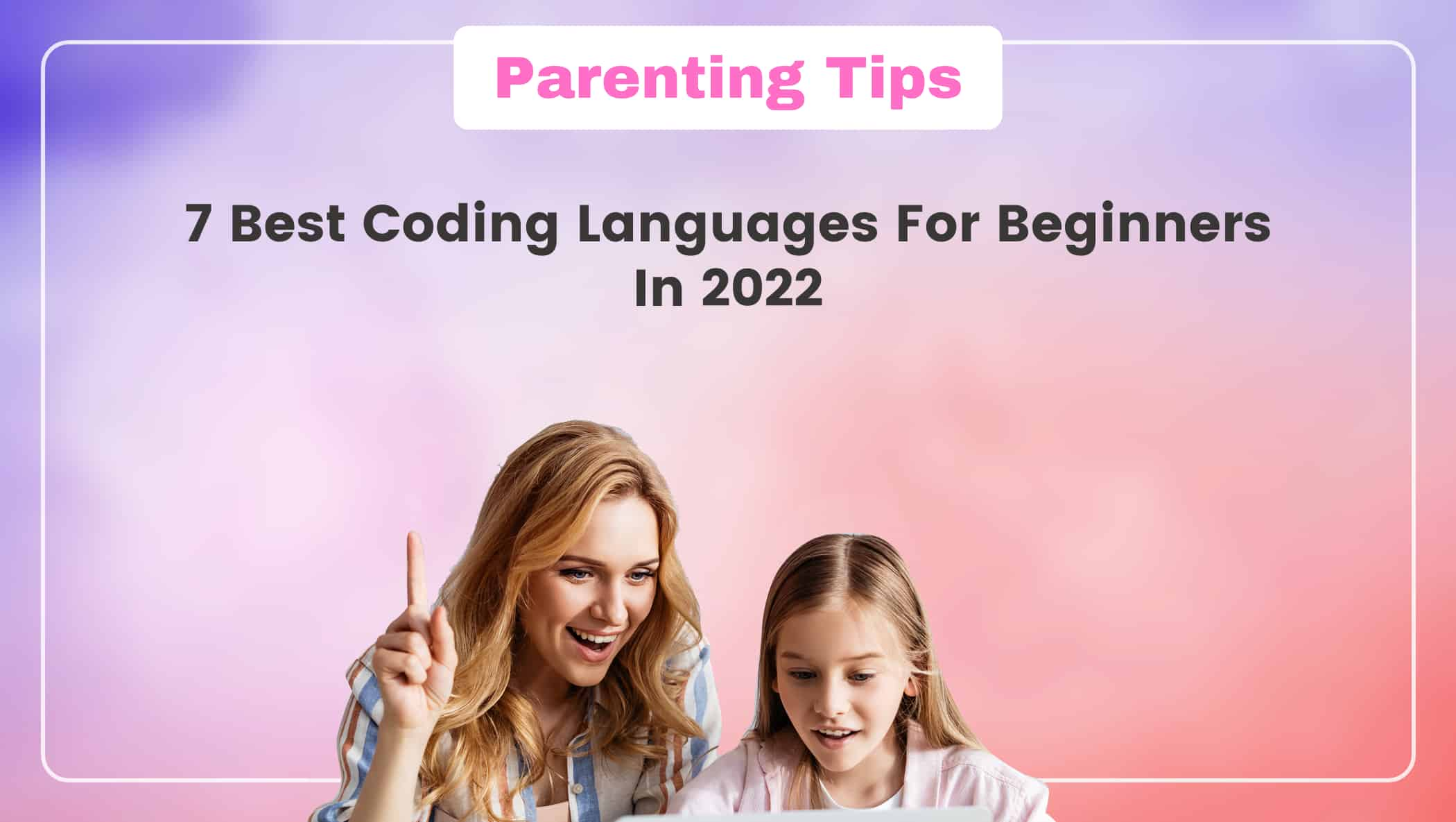Coding for kids is a hot topic right now. Learning this skill appears to have taken off during the lockdown when everything shifted to online due to the covid-19 pandemic.
Why is coding for kids becoming so popular now, although it has been around for more than a decade?
Why is it now recommended that every child begin learning to code?
The answer is simple: coding is in high demand!
Yes, the demand for coders today is higher than ever. If you’ve been paying attention to the world around us, you might have noticed that technology is changing at the speed of light.
With changes and innovations occurring at a rapid pace, the world requires more coders to bring these ideas and innovations to fruition.
According to a Bureau of Labor Statistics (BLS) prediction, jobs in computer and information technology will grow 13 percent between 2020 and 2030, which is faster than the average projected growth rate across all occupations (8 percent).
Many do realize this demand and the importance of coding as a skill however, they have a hard time getting started.
Since there are a plethora of coding languages and platforms out there, beginners find it challenging to choose one coding language to start with.
So among the sea of coding languages which is the best one and what should a beginner choose?
Well, there is no single best coding language that holds the title of being the best among all but there are several languages that turn out to be best suited for beginners.
To make things easier, here we have listed the 7 best coding languages for beginners in 2022.
Before diving into the blog, You can check out the video.
7 Best Coding Languages for Beginners
- Scratch
- Website: https://scratch.mit.edu
- Developer: Massachusetts Institute of Technology
- Launch: May 15, 2007
- Operating System: Microsoft Windows, macOS, HTML5, iOS, iPadOS, and Android.
Scratch is a visual block-based programming language and a platform to learn to code.
One of the main aims of the Scratch platform since its inception is to teach kids aged 6-16 coding.
It is one of the most popular platforms to learn to code and is widely used as an educational tool worldwide.

Scratch has an easy-to-use interface that is divided into three main sections: a stage area, a block palette, and a coding area.
The stage area shows the project results, the block palette holds the blocks and the coding area is where the coding happens. Here blocks are placed and arranged into scripts.
Scratch was developed at the MIT media lab in the early 2000s with its prototype being released in 2003. It was officially launched in 2007.
- Lua
- Website: https://www.lua.org/
- Developer: Roberto Ierusalimschy, Luiz Henrique de Figueiredo, and Waldemar Celes
- Launch: 1993
- Operating System: Cross-platform
Lua is a text-based coding language that is high-level, lightweight, and multi-paradigm.
One of the most intriguing and important aspects of Lua programming is that it is embeddable and is rarely used as a standalone programming language.
It is embedded in applications and is well-known for its ease of embedding and quick execution.

Lua is a cross-platform programming language that can be used for everything from large server systems to small mobile applications.
It was created in 1993 by members of the Computer Graphics Technology Group (Tecgraf) at the Pontifical Catholic University of Rio de Janeiro in Brazil, Roberto Ierusalimschy, Luiz Henrique de Figueiredo, and Waldemar Celes.
Lua is primarily used in the gaming industry, but it is also used in the tech stacks of numerous websites. It is used by over 380 websites, including Amazon, Apple, Shopify, Tokopedia, and others.
One of the most popular game platforms which employ Lua is Roblox, where you can create 3D games and also play them.
- HTML
- Website: https://html.spec.whatwg.org/
- Developer: Tim Berners-Lee, WHATWG
- Launch: 1993
HTML is an abbreviation for HyperText Markup Language.
Markup Language is the standard language used to create websites. It is a language used by computers to communicate with one another to control how text is processed and displayed.
In this context, hypertext means that the document contains links that allow the reader to navigate to different parts of the document or another document entirely.

HTML uses tags and attributes to process and present information on a website. It was created in 1989 by Tim Berners-Lee, Robert Cailliau, and others.
However, it has been updated with various versions over the years, the most recent of which is HTML5, which was developed by WHATWG, a community of people interested in evolving HTML.
WHATWG was founded by individuals from Apple Inc., the Mozilla Foundation, and Opera Software, leading Web browser vendors.
- C++
- Website: https://isocpp.org/
- Developer: Bjarne Stroustrup
- Launch: 1985
- Operating System: Cross-platform
C++ is a popular and widely-used programming language for creating computer applications.
It is also widely used in the development of video games. C++ is an object-oriented programming language that provides a clear structure to programs and allows code to be reused, lowering development costs.

It is a portable programming language that can be used to create applications that can be adapted to multiple platforms. It is relatively simple and fun to learn.
Because C++ is similar to C# and Java, it is simple for programmers to switch to C++ or vice versa.
C++ was developed by Bjarne Stroustrup, as an extension to the C language in 1985.
- GO
- Website: https://go.dev/
- Developer: The Go Authors
- Launch: 2009
Operating System: DragonFly BSD, FreeBSD, Linux, macOS, NetBSD, OpenBSD, Plan 9, Solaris, Windows
Go is a programming language created by Google that is also known as Golang.
It is a compiled, procedural, and statically typed open-source programming language.
The primary motivation for developing Go was to increase programming productivity in a time when there are multicore, networked machines, and large codebases.

It was created in 2007, but it wasn’t made public until November 2009, with version 1.0 released in March 2012.
Google is one of the most prominent users of Go, but it is also used by many other organizations and open-source projects.
- Blockly
- Website: http://developers.google.com/blockly
- Developer: Google, MIT
- Launch: 2012
- Operating System: Android, iOS
Blockly is a Google project that provides a free open-source client-side library for the JavaScript programming language, allowing developers to create block-based visual programming languages and editors.
It can be written in any text-based programming language. Blockly allows children to learn to code in JavaScript, Python, PHP, Lua, and Dart.
It can be thought of as a coding tool that sits between basic block-based coding and complex text-based coding.
Blockly is used by developers in a variety of apps and games aimed at teaching children to code.
Blockly includes a set of visual blocks for common ocomperations, which can be expanded by adding more blocks. It improves children’s confidence by making code readable and easy to manipulate.
- Python
- Website: https://www.python.org/
- Developer: Guido van Rossum
- Launch: 1991
- Operating System: Linux/UNIX, macOS, Windows
Python is a well-known programming language that is well-known for its code readability.
It is a high-level, general-purpose programming language that supports a wide range of programming paradigms, including structured (particularly procedural), object-oriented, and functional programming.

Because of its language constructs and object-oriented approach, programmers can write clear and logical code for small and large-scale projects alike.
Python is free and open-source with an extensive library. It also has many interactive communities that allow children to interact with other coders while learning and exploring Python. Additionally, there are free Python classes for kids that provide structured learning opportunities and support.
It was released in 1991 developed by Guido van Rossum.
For better understanding about python coding for kids. Click here!
Conclusion
Coding for kids may appear to be a far-fetched idea, with many people doubting that children are capable of achieving the feat.
But, in reality, technology has advanced to the point where even 6-year-olds are becoming coding masters.
The programming language is one of the many factors to consider when sending children on a journey to learn to code.
They must be paired with the programming that best suits them from the start.
You may want to consider your child’s knowledge in this field or the field of computer science in general when determining the best coding language for them.
With the world moving at such a breakneck pace, BrightChamps recognized the need to introduce key life/future skills to children to keep them ahead of the game.
With a mission to bridge the gap left by traditional education, we are bringing key future skills through specially designed courses on coding and financial literacy taught by some of the world’s best minds from top-tier institutes such as IITs and IIMs.
To get your hands on more educational and free resources on coding for kids, robotics for kids, financial education for kids, etc., do check out the BrightCHAMPS Page now!


 We are an army of educators and passionate learners from BrightChamps family, committed to providing free learning resources to kids, parents & students.
We are an army of educators and passionate learners from BrightChamps family, committed to providing free learning resources to kids, parents & students.







